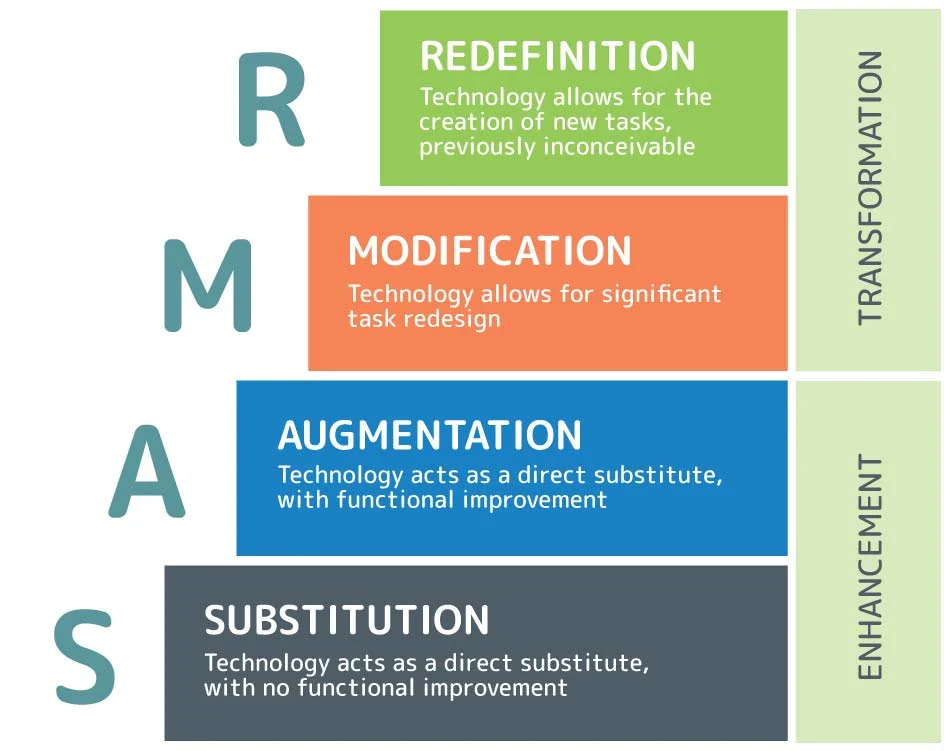Week 4- Digital Media
This week in my Digital Pedagogies unit, we looked at how Digital Media can be used for learning content and tools to expand the students creativity/ knowledge and maximise engagement for further interaction towards education.
The use of digital media insists of videos, images and audio which allows the students to express their creativity into their learning through many different platforms.
As a teacher in areas of Health and Physical Education and Psychology I could bring up these images (examples of both subject areas) and ask my students "what do we think is happening in this picture? Who is this picture for? What is the purpose of this picture?".
Health and Physical Education picture I would show the students:

URL: https://safetycartoon.com/category/spot-the-hazards-cartoon/
Psychological education picture I would show the students:

With me displaying the images and asking the open- ended questions the student get thinking to themselves about their answers. I would ask the students to record their answers to the questions above in their Google Blogger accounts to add to their blog of learning content. By the students adding in their own thoughts and beliefs without any class discussion, this will allow the students to scaffold their learning in their own learning blogs. The following lesson I would insist for the students of the class to investigate other students beliefs and thoughts on the images from the questions they were asked to scaffold about. Allowing the students to add comments using their own Google Blogger accounts falls into the collaboration aspect of the SAMR tool and creates class discussions on other students thoughts from the digital media I displayed. Without the class realising I have successfully accomplished the Enhancement of the SAMR model to our classroom.

URL to image: https://www.3plearning.com/blog/connectingsamrmodel/
For me to move onto Modifiying this class task, I could insist the students draw, paint, display their our poster with the same meaning, purpose and audience but in their own creative minds. Students would have access to sites like Canvas, Adobe, Vista and Design Cap, just to name a few. Within my lessons, I personally would use Canva.
Canva is a great online digital platform that allows students to create posters, powerpoint slides, presentations, logos, flyers, broachers, the list continues to amaze me. Canva is easy to use especially in the student settings, which is free for use but just minimises the amount of resources you can use (cannot use premiun resources but still lots of free templates). With these templates Canva has so many tools for the students to custominse their work. Canva allows students to collaborate, plan, create and publish their creations by auto-saving their amazing work. Canva complies with the legal and safety side of online learning by being a FERPA, COPPA, and GDPR compliant, and offers safe-for-school content. Teachers just need to get parental consent for children below 13.
The criteria for this learning task consist of the students redefining the task by, adding audio to their answers from their blog onto their online poster from whatever site they decide to use and have a video of the students asking their parents what they think the posters purpose, meaning and audience were. I have then successfully modified and redefined this learning task. By using the SAMR tool for this task in whatever subject you teach we as educators can connect the students creativity through digital media to online platforms and make the learning task personal by connecting their families into a small project.
Teachers can promote critical thinking in the classroom and help students develop a better grasp of a subject by combining pictures and sounds. Podcasts, for example, are very effective as a learning aid because they enable students to share their work with others, which promotes collaborative learning. Digital video is a powerful mix of visual and aural elements. It can be used to promote student dialogue, observation and analysis, and the support of student learning observations. I think it is important as educators to let our students be creative and express their love for learning by teachers 'letting go of the reins'. A lot of learning activities are not engaging enough for students to the point where motivation and engagement goes out the window of the classroom as the activities are not fun. Within this lesson to students got to give out positive feedback towards other classmates which helps promote a positive classroom culture as well for the essential, safe, optimal learning environment to occur.
This investigation into the effective use of digital visuals, audio, and videos in education has opened my eyes to the numerous ways in which this type of technology can immerse students in innovative methods of learning that were previously not possible through the use of text media alone.



Comments
Post a Comment